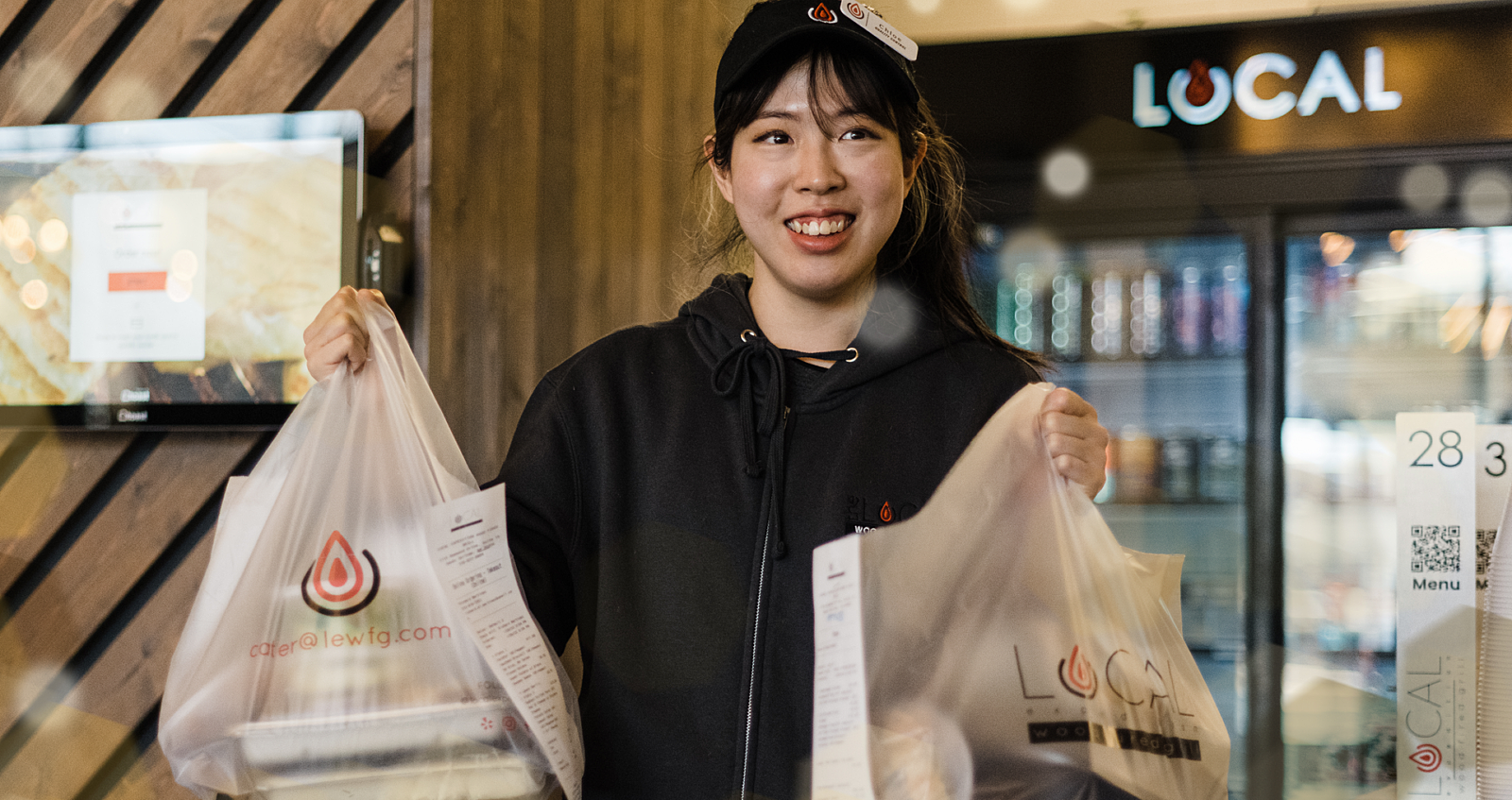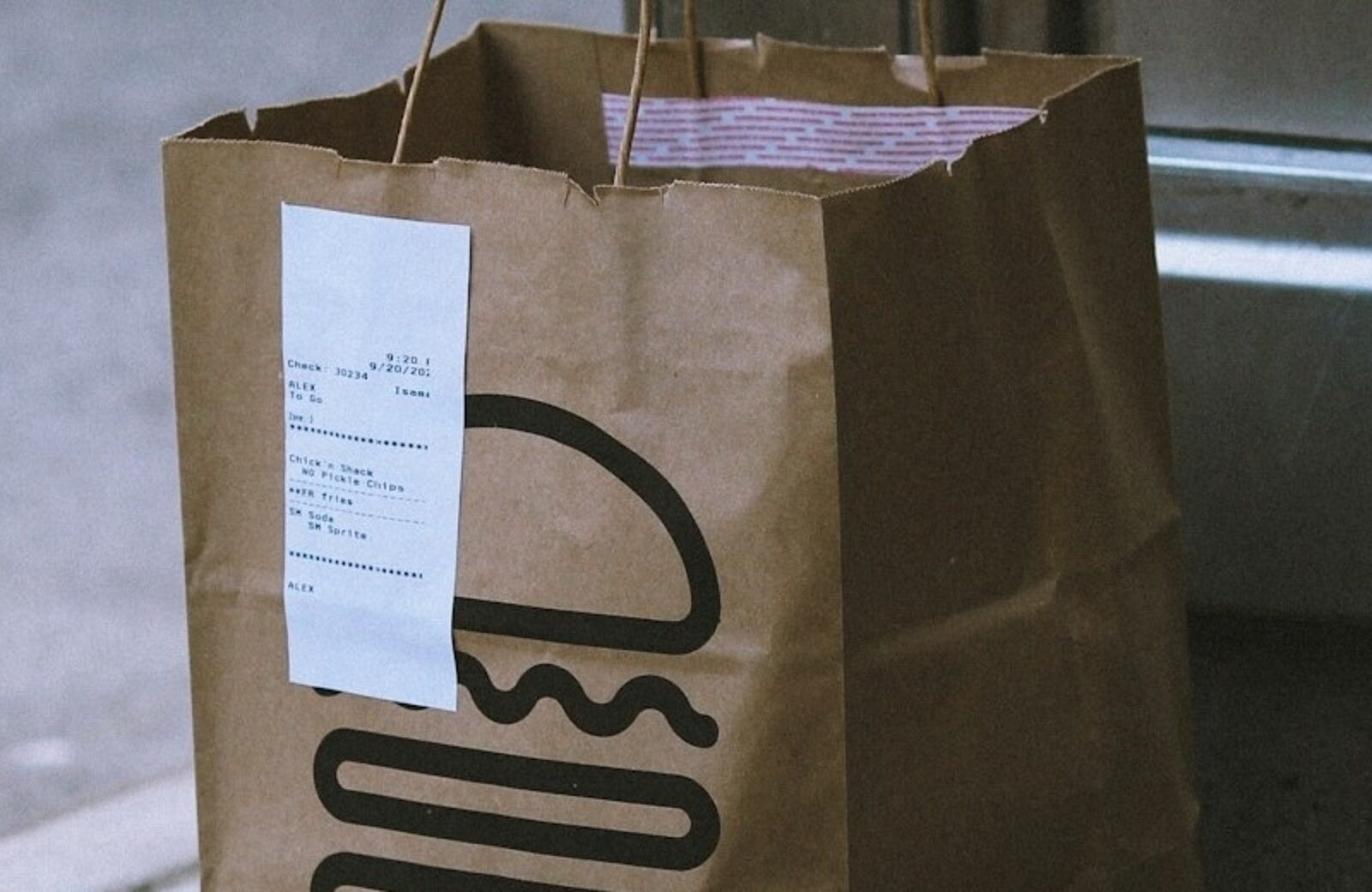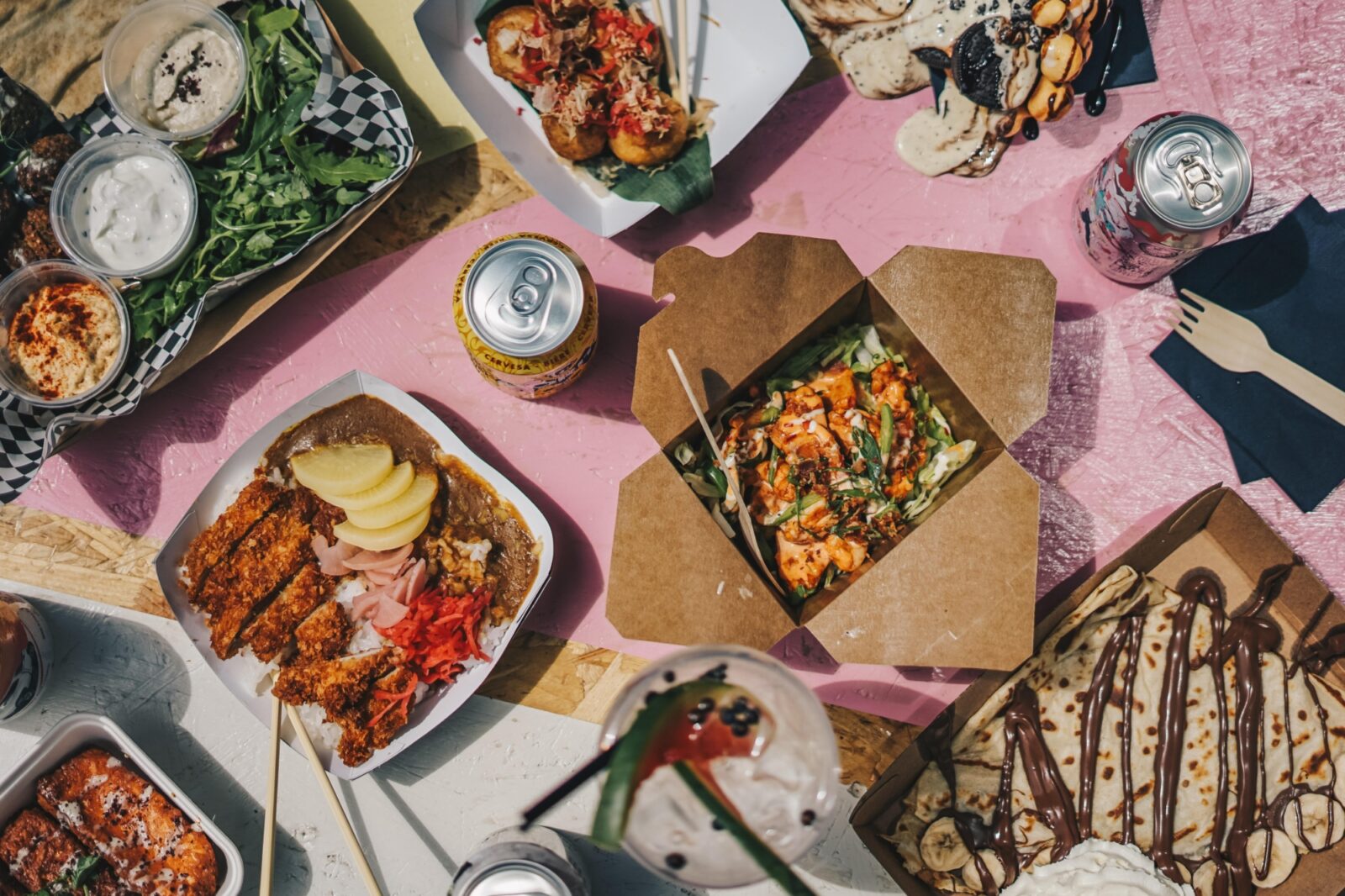
Best Food Delivery Services for Restaurants in 2024
Looking for the best delivery service for your restaurant? We'll discuss the best options for food delivery to increase your sales & customer satisfaction.

Tessa ZuluagaAuthor
Learn how to make more $$ with online ordering with Danny from Local Expedition Woodfire Grill.
Take the CourseFood delivery is nothing new. But in today's fast-paced world, food delivery services have become a lifeline for restaurants and foodies alike. With a wide variety of prepared meal delivery services available, it can be overwhelming to find the best fit for your budget. In this article, we’ll discuss the top food delivery services for restaurants in 2024.
Choosing a restaurant delivery service
In 2024, offering delivery isn’t much of an option. Offering delivery services at your restaurant can provide several benefits, including:
Increased revenue - Delivery expands your potential customer base beyond those who dine in at your restaurant.
Convenience - Delivery offers convenience to customers who may not have the time or ability to visit your restaurant in person. Convenience plays a huge role in what restaurant guests choose to support.
Competitive advantage - Offering delivery can give you a competitive edge over other restaurants that don’t. It shows that you're willing to adapt to the needs and preferences of your customers.
Expand reach - Delivery allows you to reach customers beyond your immediate area. With the rise of food delivery apps, you can potentially attract customers from neighboring towns or even cities.
Let’s dive into the best food delivery services, so you can select the right one for your restaurant business.
Does it integrate with your POS?
When you choose to work with a delivery service, it’s critical to consider how it integrates with your POS system, so it doesn’t disrupt operations. If the service you chose doesn’t integrate with your POS directly, you can look into third-party integration companies such as Chowly or Checkmate.
What is a delivery service integration?
This is a service that takes incoming orders from third-party delivery platforms, such as Doordash, Grubhub, and Uber Eats, and automatically sends them into your POS and kitchen. Without an integration, your staff would have to input the orders manually into your POS, which can result in missing or incorrect orders. Integrations can also enable you to update your menus and control the volume of orders from your POS.
Do your customers use it already?
When deciding which delivery brand is right for you, consider that their popularity varies widely by region. According to Bloomberg Second Measure, Doordash is popular in San Francisco and Houston, and Uber Eats reigns in Miami, while Grubhub comes out on top in NYC. Make sure you do some research online and talk to local businesses and people in your area, to determine the right partner for your business.
What does it cost?
Adding delivery as a new revenue stream can be relatively easy through third-party delivery companies. Before jumping into these partnerships, take some time to think through the economics of delivery and how it will impact your P&L. Operators should create a budget to cover all delivery costs, such as the partner’s fee, promotions, adjustments and packaging, that takes into account expected level of delivery sales, both as dollar sales and as a percentage of your overall business.
Let’s dig into the costs associated with the most popular delivery services.
Best food delivery services for restaurants
Toast Delivery Services
Toast Delivery Services enable restaurants to own their online delivery channels, and easily offer delivery without paying high commissions to third-party companies. Restaurants using Toast Delivery grew sales by over 29% relative to their peers. Here are some of the others benefits that Toast Delivery Services offers:
Own your guest data:
Orders come through your own online ordering channel, so your brand is always front and center. Operators can use the guest data collected to stay in touch with patrons and drive repeat orders through marketing and loyalty.
Take control of your margins:
A flat delivery fee allows you to have complete control on your margins, as you will always pay the same amount no matter the size of the order. Operators can determine how much of this cost to pass to customers and set up the minimum order size, so they always make a profit with delivery. There are no monthly software costs for Toast Delivery Services - pay one flat fee per order.
On-demand service that grows with you:
With Toast Delivery services, you can have access to Doordash’s network of drivers, so you don’t have to worry about hiring and maintaining a fleet. This allows you to easily scale your operations as your delivery business grows.
Toast Delivery services is a commission-free service. So it’s a great alternative if the commissions charged by third-party companies don’t make economic sense for you. The flat fee per order is $7.49. So for example, if you decide to pass $5.49 to your customers, you would pay $2.00 per order. That’s less than 6% for a $35 order.
Olo
Olo offers digital ordering and delivery solutions to connect restaurants to the on-demand world. This includes a dispatch service to enable delivery from your own site or app, as well as integrations with third-party marketplaces. Olo charges a per order fee for their dispatch service, plus the delivery fee paid to the dispatch partner.
Chownow
Chownow offers an on-demand delivery service integrated with their online ordering system. This is a commission-free service, so restaurants can avoid paying high third party fees. They charge $6.75 for the first mile plus $1 per additional mile. Restaurants can choose how much of this fee they want to pass on to customers.
Best food delivery apps for restaurants
Doordash
The Doordash app is essentially Doordash’s marketplace, to help restaurants expand their reach. Guests place orders through Doordash, and restaurants pay a fee for every order sent their way. Doordash recently launched new commissions price points ranging from 15% to 30%, depending on the marketing support needed and the size of the delivery area.
Uber Eats
Uber Eats gives restaurants more visibility for their brands through their marketplace. Restaurants will pay a percentage of each order made through Uber Eats, which can range from 15% to 30%.
Grubhub
Grubhub helps restaurants get more online orders through their marketplace, and tap into millions of customers. They offer flexible packages starting at 5% commission and offer a basic, plus, and premium package.
Postmates
Postmates is the fourth largest delivery app in the country, and like Doordash, Grubhub, and Uber Eats, they allow restaurants to get online orders through their marketplace. Uber Eats acquired Postmates in 2020, so when restaurants join Postmates they get added to the Uber Eats app as well.
Caviar
Today, Caviar is a part of DoorDash. With this being said, Caviar has the same pricing module as DoorDash. You can choose from basic, plus, and premier. This popular food delivery app also offers guests the Dashpass option through DoorDash for $0 delivery fees and lower service charges.
So, which delivery services should you use?
There is a broad range of solutions available for restaurants that are looking to offer delivery. Between on-demand delivery services and third-party delivery companies, it can be tempting to add as many delivery partners as there are available in the market. Set yourself for success by having a profit and marketing-based strategy, evaluating the pros and cons of each service offered, and then moving forward with partnerships that make the most financial sense for you.
Is this article helpful?
DISCLAIMER: This information is provided for general informational purposes only, and publication does not constitute an endorsement. Toast does not warrant the accuracy or completeness of any information, text, graphics, links, or other items contained within this content. Toast does not guarantee you will achieve any specific results if you follow any advice herein. It may be advisable for you to consult with a professional such as a lawyer, accountant, or business advisor for advice specific to your situation.
Read More
Subscribe to On the Line
Sign up to get industry intel, advice, tools, and honest takes from real people tackling their restaurants’ greatest challenges.


